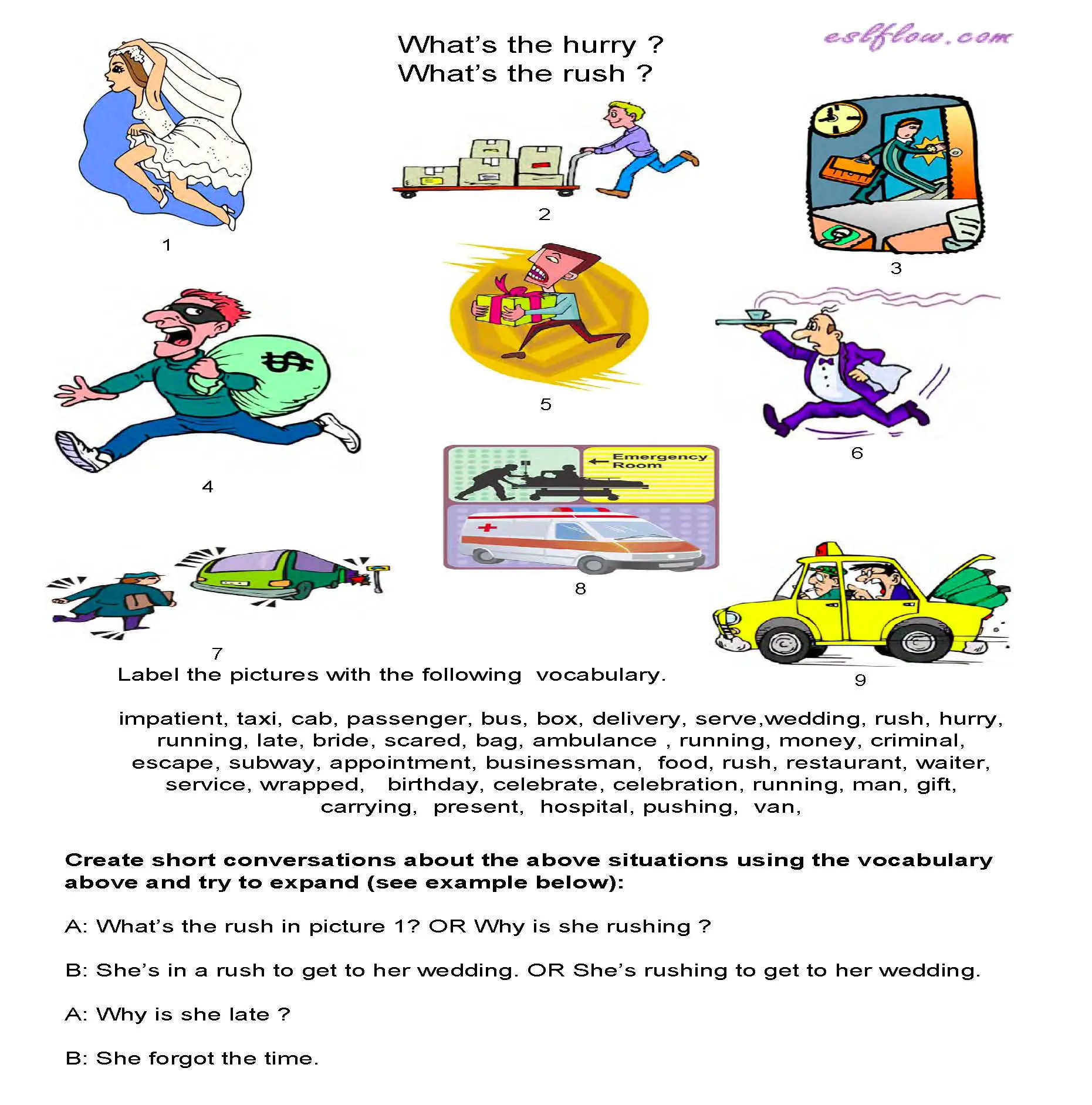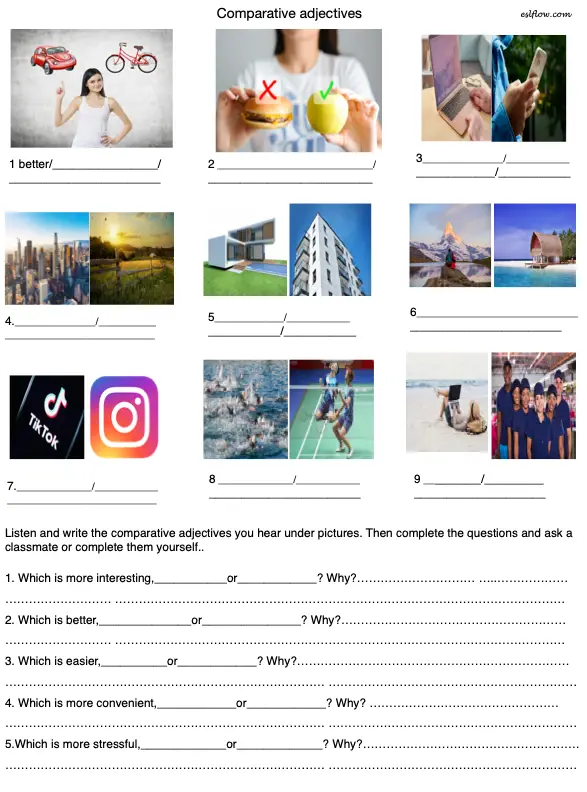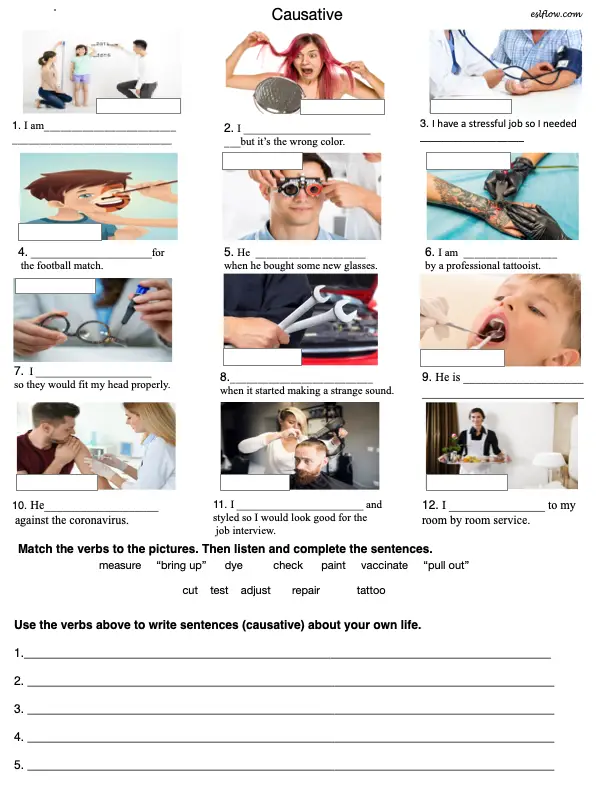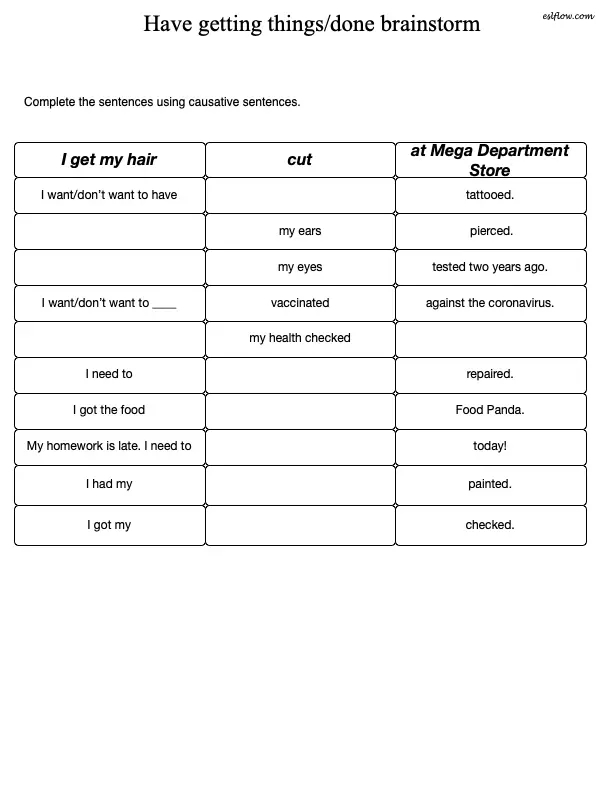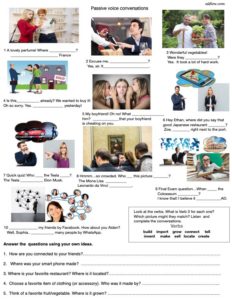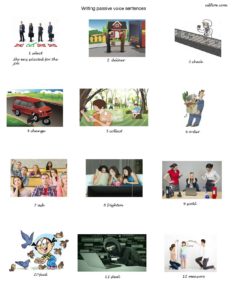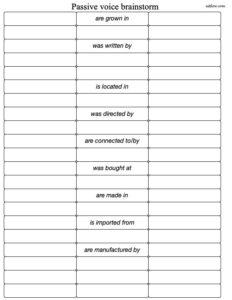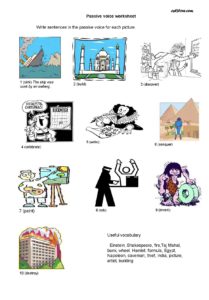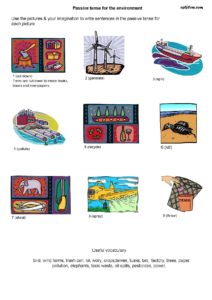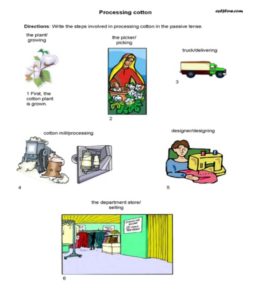Profile-of-Christiane-Amanpour-worksheet
Profile-essay-outline-worksheet
Brainstormingindividualprofileessay
Brainstorming-people-for-a-profile-essay
Collocations-for-hurry
Using comparative adjectives
Comparative Adjective Exercises and WorksheetsComparative adjectives conversation
19th December 2023
1 “as…as” and “not as”
Below are some exercises for practicing “as…as” and “not as” for making comparisons.
Exercises focusing on the grammar usage of “as..as” and “not as” (PDF)
Critical thinking exercises for practicing “as..as” and “not as” (PDF)
Conversational questions for practicing “as..as” and “not as” (PDF)
Subscribe to Eslflow
Subscribe to get full access to complete exercises with answers. In addition, you will receive the latest, and best resources from eslflow.com. There are no ads in the newsletter and you will receive entertaining, high quality, and up-to-date teaching resources regularly. And, if you subscribe, you will get access to advancements in artificial intelligence and prompt engineering, that will enable you to become a master of the English as a second language universe!
2 Comparative adjectives discussion
This is an exercise to help students use comparative adjectives.
3 Comparative adjectives conversation
In this exercise, students are required to complete a conversation using given phrases and their own ideas.
(see the YouTube video: visual cues)
(see the YouTube video: gap fill)
4 Comparative adjectives intro (using + er, y= ier, more..than)
This worksheet offers an introduction to basic comparative adjectives with: + er, y= ier, and more..than.
5 Comparative adjective chart exercise (with answers)
This is an elementary exercise to help students understand and remember the different forms of comparative adjectives. Students write in the appropriate adjectives to complete the chart.
Comparative adjective chart exercise (PDF)
5 Comparative adjective sorting exercise (with answers)
This is another elementary exercise challenging students’ understand ing of the different forms of comparative adjectives. Students fill in each column with the appropriate comparative adjective form.
Comparative adjective sorting exercise (PDF)
7 Writing sentences with comparative adjectives (with answers)
In this exercise, picture cues are used to suggest comparisons. Students use the adjectives at the side of the page or their own ideas to write sentences. Multiple adjectives might apply to each set of pictures and it would be possible to ask the students to write as many sentences as possible to describe the pictures.
Writing comparative adjective sentences (PDF)
Related Resources:
Reported speech and indirect requests
10 Adjectives Exercises Including Adjectives for People and Things
6 Picture-Based Present Continuous Worksheets (PDF)
8 Preposition Exercises for Location, Time and Movement (PDF)
5 Useful Passive Tense Practice worksheets
6 Present Perfect Language and Speaking Worksheets
7 Incredibly Useful Past Tense Simple Teaching Activities (PDF)
Literary terms (adjectives)
Adjective Exercises and Worksheets
Getting-things-done-causative-verbs-worksheet
Causative Verbs Exercises and Worksheets
Causative verbs are used to express the meaning that something is being done by someone for you. It is similar to the passive tense except that forms of the verbs “to have” and “to get” replace forms of the verb “to be”.
1 Causative sentences listening/speaking activity
Causative sentences are used for a small list of activities that are usually done for us by someone else and sometimes things we have to do for ourselves.
2 Causative sentences
This is an activity for practicing causative sentences.
Related Resources:
10 Adjectives Exercises Including Adjectives for People and Things
6 Picture-Based Present Continuous Worksheets (PDF)
8 Preposition Exercises for Location, Time and Movement (PDF)
5 Useful Passive Tense Practice worksheets
6 Present Perfect Language and Speaking Worksheets
7 Incredibly Useful Past Tense Simple Teaching Activities (PDF)
8 Preposition Exercises for Location, Time and Movement (PDF)
Passive-voice-worksheets
7 Listening/Speaking and Vocabulary Passive Voice Exercises
The passive voice is useful in academic writing because it allows the writer or speaker to emphasize a subject by rearranging a sentence. In business the passive voice is often used to describe processes . Exercises using pictures encourage students to use critical thinking skills and help illustrate the passive voice in a memorable way.
1 Passive voice listening/speaking exercise (with audio and answers)
This is a passive voice listening/speaking exercise for English language learners. First, students listen to the audio and match the items to the pictures. Then, they listen again complete the sentences.
Passive voice listening/speaking exercise (PDF)
(Passive voice conversations Youtube video)
Subscribe to Eslflow
Subscribe to get full access to the latest and best resources from eslflow.com. There are no ads in the newsletter and you will receive entertaining, high quality, and up-to-date teaching resources regularly. And, if you subscribe, you will be supporting the eslflow website.
2 Writing (and listening) to passive voice sentences (with answers)
This is a passive voice listening and sentence writing exercise. Listen and match a passive sentence to the correct picture.
Writing passive voice sentences (PDF)
3 Passive voice icebreaker/brainstorming
Sometimes really simple icebreakers work best. If you are teaching the passive voice, the exercise below should work nicely. Students have to complete the sentences ..ie. “Apples are grown in New Zealand.” And they can suggest sentences to fill in the chart. It’s a great way to assess students’ knowledge of the passive voice at the beginning of a class. It’s also a great way to begin a discussion about passive voice.
Passive voice icebreaker (PDF)
4 Passive voice worksheet (with answers)
This is a passive voice sentence writing exercise for English language learners. Students complete the sentences using their own ideas generated by the pictures. The verbs below the pictures and the “Useful vocabulary” at the bottom of the page may assist them. Click on the image below or the link to download the PDF file.
Related Resources:
Comparative adjective exercises
Teaching Gerunds and Infinitives
8 comparison/contrast templates and exercises
10 cause/effect writing activities
11 essential basic exercises for paragraph/essay writing
3 kinds of exercises for teaching transitions
5 Passive voice sentences for environmental issues (with answers)
The exercise below is for exploring the language of environmental issues in the classroom by writing passive voice sentences. It is a good way to gauge the level of knowledge about environmental issues. While students work independently the teacher can walk around and choose some of the best sentences and write them on the the on the board.
Writing passive voice sentences for the environment (PDF)
6 Processing cotton writing exercise
This exercise helps students understand how to write sentences in the active or passive voice when describing a process.
7 Passive toast classroom activity
This is a classroom miming activity for the passive voice. Below are the instructions.
1.Mime
Warm the class to this activity by miming and eliciting from them the instructions for making toast.
2. Group Work/writing
Next, give out the handout and tell the students to rewrite the instructions in the passive tense.
3. Speaking
Finally, with the students in groups of three, one looks at the instructions and mimes while the other two reproduce the instructions as they are acted out.
Related Resources:
10 Adjectives Exercises Including Adjectives for People and Things
6 Picture-Based Present Continuous Worksheets (PDF)
8 Preposition Exercises for Location, Time and Movement (PDF)
6 Present Perfect Language and Speaking Worksheets
7 Incredibly Useful Past Tense Simple Teaching Activities (PDF)
8 Preposition Exercises for Location, Time and Movement (PDF)
